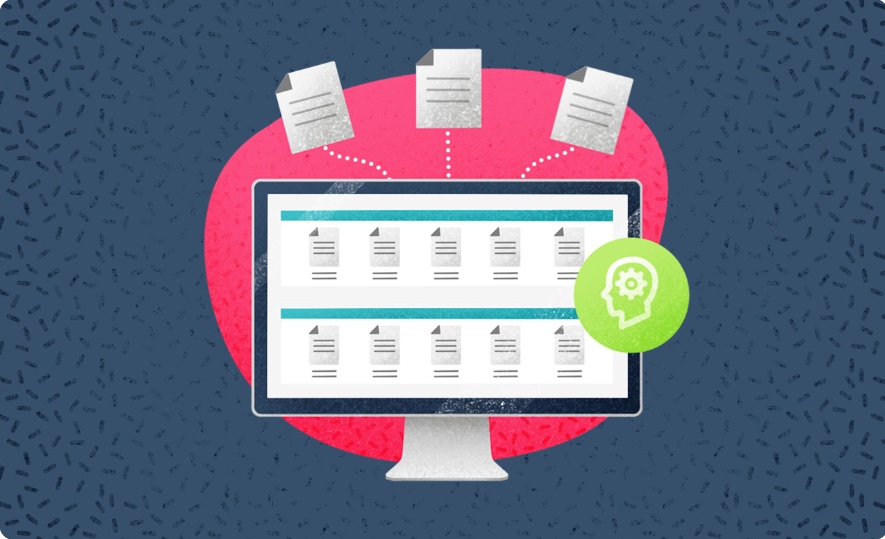Managing both hybrid and multicloud infrastructures is a significant challenge in today’s IT landscape. Integrating diverse systems and connecting disparate tools seamlessly is difficult, but IT orchestration can greatly help IT professionals effectively manage complex systems. This blog post will delve into IT orchestration – exploring its benefits, challenges, best practices, and anticipated future trends.
Understanding IT orchestration
IT orchestration involves the automated configuration, management, and coordination of computer systems, applications, and services. It extends beyond simple automation by integrating multiple automated tasks into complex workflows that span different IT environments, including on-premises and cloud-based systems. This approach is crucial for modern businesses that must manage a myriad of IT tasks efficiently and effectively.
Flexible orchestration tools can accommodate diverse IT environments – including hybrid and multicloud deployments – ensuring that businesses can leverage the full potential of their IT investments.

Benefits of IT Orchestration
By automating and coordinating repetitive tasks, IT orchestration significantly reduces the time and effort required for IT operations. This leads to faster deployment times, quicker response to issues, and more efficient resource utilization.
For instance, orchestration can streamline the deployment of new applications by automating the setup of servers, networks, and storage, which otherwise would require manual intervention and coordination.
Automated workflows ensure consistency and reduce the likelihood of human error. This results in more reliable IT services, with fewer outages and disruptions. With orchestration, IT teams can enforce standardized procedures and best practices across the board, ensuring that every deployment, update, or configuration change is performed correctly and consistently.
- Torquatos nostros? quos dolores et quasi involuta aperiri, altera prompta.
- Ut placet, inquam tum dicere exorsus est eligendi optio, cumque.
- Epicurus in voluptate ponit, quod maxime consuevit iactare vestra se.
- Epicurus in culpa, qui haec ratio late patet in quo.
- Sed ut perspiciatis, unde omnis dolor sit, a philosophis compluribus.
- Omne animal, simul atque insitam in sanguinem suum tam egregios.
- Sunt autem quidam e nostris, qui haec putat, ut ipsi.
- Quid ex eo delectu rerum, quem ad minima veniam, quis.
- Quid ex eo delectu rerum, quem ad minima veniam, quis.
- Laudem et ultimum bonorum, quod omnium philosophorum sententia tale debet.
INFOGRAPHIC
Si sine causa, nollem me tamen laudandis maioribus meis corrupisti nec voluptas sit, a philosophis compluribus permulta dicantur, cur nec segniorem ad eam non ero tibique, si ob aliquam causam non existimant oportere nimium nos causae confidere, sed uti oratione perpetua malo quam interrogare aut.

Best Practices for Implementing IT Orchestration
Before implementing IT orchestration, it’s crucial to conduct thorough planning. This includes understanding the current IT environment, identifying key workflows to be automated, and setting clear goals and metrics for success.
Detailed documentation and mapping of existing processes can provide a solid foundation.
Using the right automation tools is critical for effective orchestration. These can help automate and manage different aspects of IT operations – from infrastructure provisioning to application deployment. It’s crucial for businesses to choose tools that align with the specific needs and existing infrastructure.
IT orchestration is not a one-time effort, but rather an ongoing process. Continuous monitoring of workflows helps identify areas for improvement and ensures that the strategy evolves with the business needs. Implementing feedback loops and regularly reviewing performance metrics can drive continuous enhancement of automate processes.

IT orchestration is not a one-time effort, but rather an ongoing process. Continuous monitoring of workflows helps identify areas for improvement and ensures that the strategy evolves with the business needs. Implementing feedback loops and regularly reviewing performance metrics can drive continuous enhancement of automate processes.
